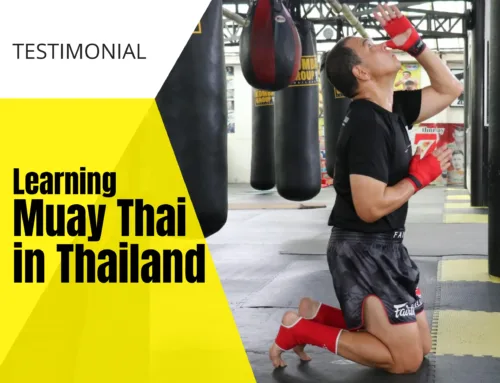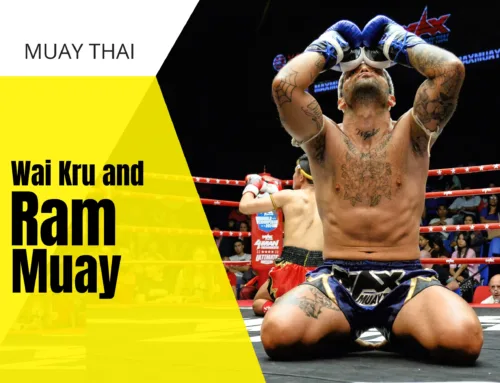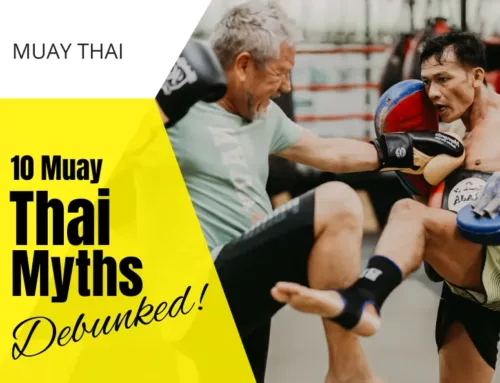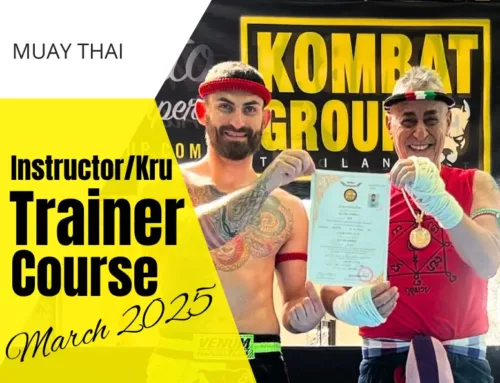As discussed in our last article, Muay Thai has a very different scoring system. While judges do score rounds individually, the winner is determined based on the fight as a whole. Judges more so use the the scores of each round to keep track of and better judge the entire fight. This is a very confusing concept for many foreigners that are accustomed to the winner being the winner of the most rounds. In Muay Thai, there are two to three rounds that actually determine the fight’s winner: Rounds 3, 4 and less so 5. That doesn’t mean Rounds 1, 2 and 5 don’t matter. This article aims to shed some light on the general tempo of rounds in Muay Thai.
A traditional Muay Thai match is five rounds. Each round is three minutes in length with a two minute rest in between. The scoring, strategy, general rhythm and tempo of competition all rely on this length. Fight tempo may be the most pronounced change in relation to the determined length of a fight. The easiest example to highlight this would be through Western Boxing: Amateur vs Professional.

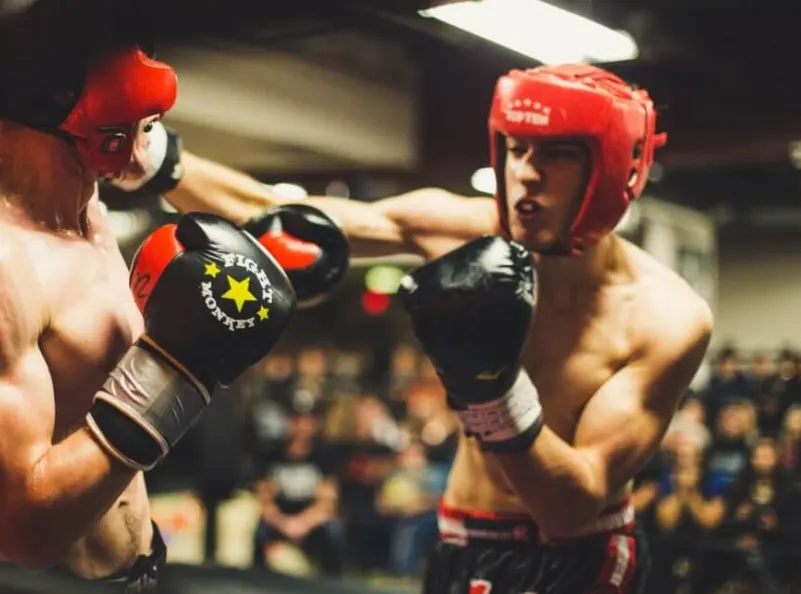
Tempo of Rounds in Boxing
Amateur boxing is three rounds and often only two minutes per round. Boxers have very limited time to showcase their skills, exert dominance and outscore their opponent. This in turn creates a high tempo competition. Boxers must outwork their opponent and cannot rely on later rounds to more methodically pick away at their opponent. The fight’s intensity starts with the bell and sustains through the match.
Professional boxing on the other hand is lengthier often lasting 4-12 rounds depending. This, in turn, gives boxers the ability to more methodically engage their opponent. The result is more of a chess match where the tempo rises and falls throughout the fight. Every round is of equal importance, and boxers win through the accumulated score of each round.
Tempo of Rounds in Muay Thai
As mentioned, Muay Thai matches are scored as a whole. Thus not every round is equal and the tempo reflects this. Being five rounds in length, it’s not so short that boxers must maintain a high tempo each round and not so long that boxers can rely on later rounds to win. In short, the general tempo of Muay Thai is such: slow build through rounds one and two, significant increase in round three, climax in four or early five, and mellowing out in round five.
Rounds One and Two
Early rounds do score in Muay Thai. The idea that they don’t matter is mistaken, but judges will often award both fighters 10 points for these two rounds often making note of who had the edge. It’s important to again note that fights are scored as a whole and thus not every round carries equal weight. A strong effort to clearly win round one doesn’t really serve the boxer. It doesn’t hurt him, but it simply does not guarantee him an even 20% of the match’s points.
This is the time for each fighter to feel his opponent out. It’s an almost unspoken rule of the game to not go too aggressive early on. Each opponent has time to get settled, gamblers have time to weigh their bets and the audience gets to see a fight develop without ending prematurely. Boxers may play with feints and see how his opponent reacts without revealing his primary weapons. The tempo gradually builds through these two rounds.
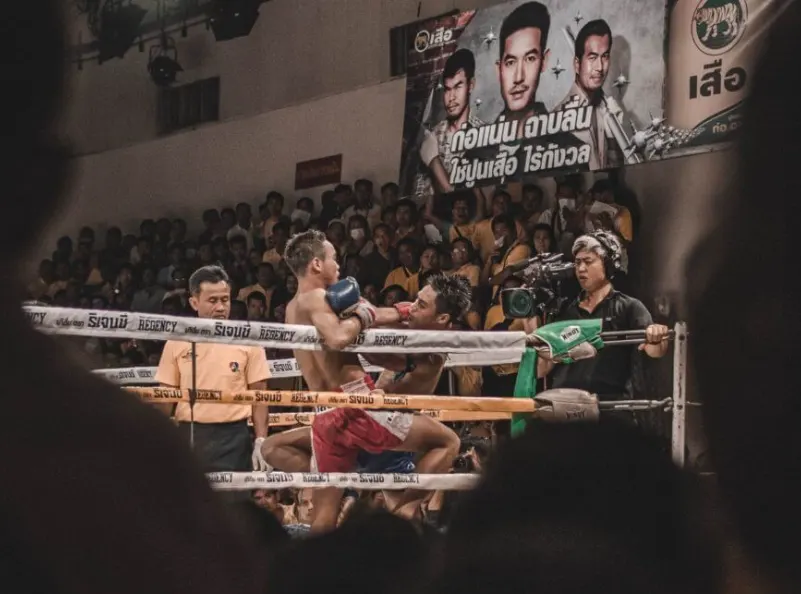
Rounds Three and Four
This is the heart of the fight. The tempo has steadily risen through one and two, and the real action starts in three. Fighters fight for dominance, use their strongest weapons and hold little back. Obviously, these rounds carry the most weight in the eyes of the judges. This is the time for the more skilled fighter to prove himself.
Round Five
This is an interesting round and its tempo is very unique to Muay Thai. Depending on round four’s outcome, the tempo could still be building and climaxing in the round or it could be mellowing out. There are many ways this round could play out for the boxers. The final round’s tempo in Muay Thai often varies and there is no set way in which the last round ends.
If round four does not yield a clear winner, the tempo may not change and both fighters will strive to exert dominance and outscore their opponent through the fifth. In this scenario, we would see the fight climax in the fifth round and not the fourth. This doesn’t necessarily mean both fighters will fight hard until the final bell, however, as the first minute or two of the round may be enough for one fighter to believe he has done enough. Once this realization has occurred, you may see the dominant fighter relax his tempo and engage primarily in defense.
Career fighters often have an almost intuitive understanding of their score in a bout. They know if they are ahead or behind in points. If one boxer knows with certainty that he is ahead in points and has already proven his dominance, he may begin to fight cautiously in round five to protect his lead. He’ll move backward, defending, blocking and keeping his opponent away. This surprisingly does not hurt his score. In fact, this often further demonstrates his superiority in the eyes of the judges. If this same winning fighter fights aggressively in the fifth, he may even come across as desperate to win thus giving judges the impression that he is not the clear victor.
Fighters may even bluff with this in mind. One opponent may determine that by slowing his tempo and solely defending in the fifth as if to say, “I don’t need to prove myself anymore,” the judges too will perceive that he has won.

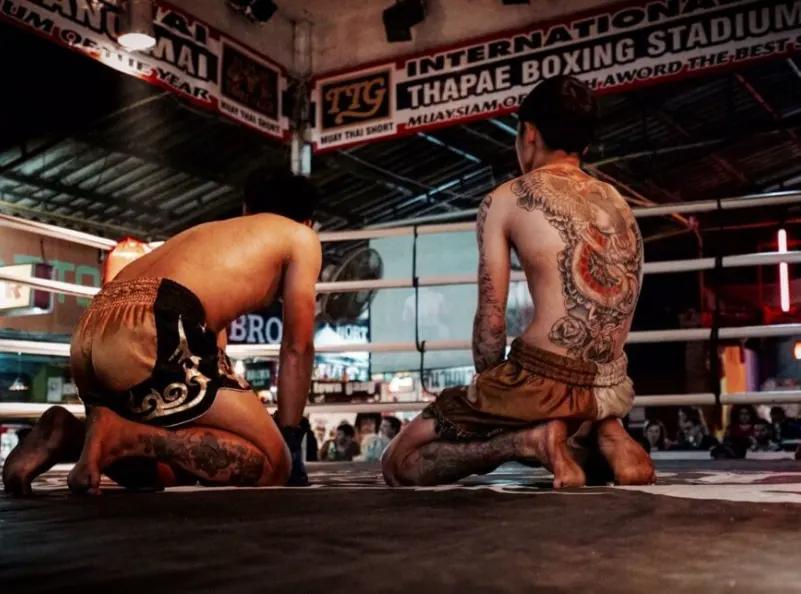
Touching Gloves
In the fifth round, after the fighters have fought their fight, the dominant boxer may raise his glove as a sort of truce. The losing opponent may choose to touch his gloves and no more damage will be inflicted. They dance around the last couple minutes and live to fight another day. There is a bit of nobility, honor and grace to this. Now sometimes the losing boxer will only touch gloves because he thinks he won, but often it is an accepted admission of defeat. This is so beyond many fighters in the West who think of this as “giving up.” It is giving up but not really quitting in the way we often think of it.
There are a number of reasons for this and has a lot to do with how Thais think of each fight and how Thais think of fighting in general. We’ll explore this topic more in the next article.


